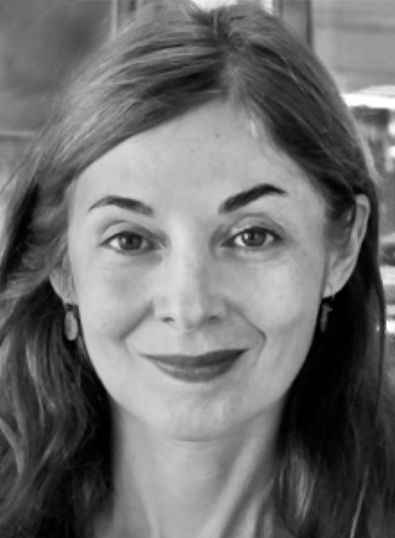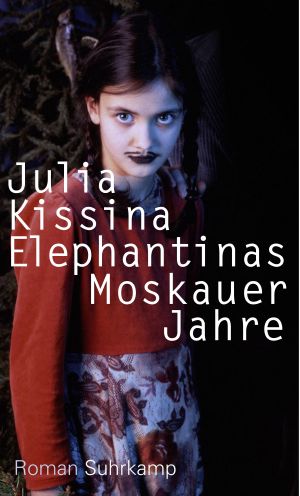
Julia Kissina
Julia Kissina was born in Kiev, Ukraine, in 1966 and studied dramatic writing at the Gerasimov Institute of Cinematography in Moscow, also known as VGIK. A political refugee, she emigrated to Germany in 1990, where she later graduated from the Academy of Fine Arts in Munich. As a Visiting Professor of Photography, she taught at the Karlsruhe University of Art and Design as well as The Rodchenko Art School in Moscow. Julia Kissina lives in Berlin and New York City. A longtime member of the Moscow Conceptualist movement and one of the best known authors of Russian literary avant-garde, Kissina has been a regular contributor to the two of Russia's most Intellectual literature journals, Obscuri Viri and Mitin Journal. Her debut novel Der Flug der Taube über den Schmutz der Phobie (1992) became a cult hit of Samizdat. Kissina’s poetry and prose subsequently appeared in numerous journals and anthologies, including the...
Julia Kissina was born in Kiev, Ukraine, in 1966 and studied dramatic writing at the Gerasimov Institute of Cinematography in Moscow, also known as VGIK. A political refugee, she emigrated to Germany in 1990, where she later graduated from the Academy of Fine Arts in Munich. As a Visiting Professor of Photography, she taught at the Karlsruhe University of Art and Design as well as The Rodchenko Art School in Moscow. Julia Kissina lives in Berlin and New York City. A longtime member of the Moscow Conceptualist movement and one of the best known authors of Russian literary avant-garde, Kissina has been a regular contributor to the two of Russia's most Intellectual literature journals, Obscuri Viri and Mitin Journal. Her debut novel Der Flug der Taube über den Schmutz der Phobie (1992) became a cult hit of Samizdat. Kissina’s poetry and prose subsequently appeared in numerous journals and anthologies, including the much-translated anthology of modern Russian literature, Russian Flowers of Evil (1997). Her first collection of stories in German Vergiss Tarantino was published in 2005, the same year as her children’s book Milin und der Zauberstift. Her style, characterized by whimsical humor, precise observations of social conflicts and a distinct sense of the absurd, can be described as auto-fictional fabulism. An essential theme of her work is civilization and its discontents. Despite intertextual experiments with words and subjects, her books are intricately plotted. Her novel Frühling auf dem Mond (2013) draws from her childhood in 1970s Kiev, exploring the tragic dynamic between surreal perception and bureaucratic despotism. Written in a similar style, her novel Elephantinas Moskauer Jahre (2016) is a coming-of-age story about a young woman who moves to Moscow to explore the depths of the artistic underground in search of true poetry. Julia Kissina is also known as a visual artist, having devoted herself to conceptual photography in the 1990s. In 2000, she herded an actual flock of sheep into the Museum of Modern Art in Frankfurt as part of a performance. She also co-curated the Art & Crime Festival at the Hebbel Theater in Berlin in 2003. In 2006 Julia Kissina created The Dead Artist’s Society, which held séances to conduct dialogues with classic artists such as Duchamp and Malevich.
PUBLICATIONS

Elephantina‘s Moscow Years
Gripped by the desire to lead the free life of an artist, young Elephantina follows her idol to the catacombs of Moscow. The red-faced poetry guru Pomidor, a man in the prime of his life,...
Italy (Scrittapura)